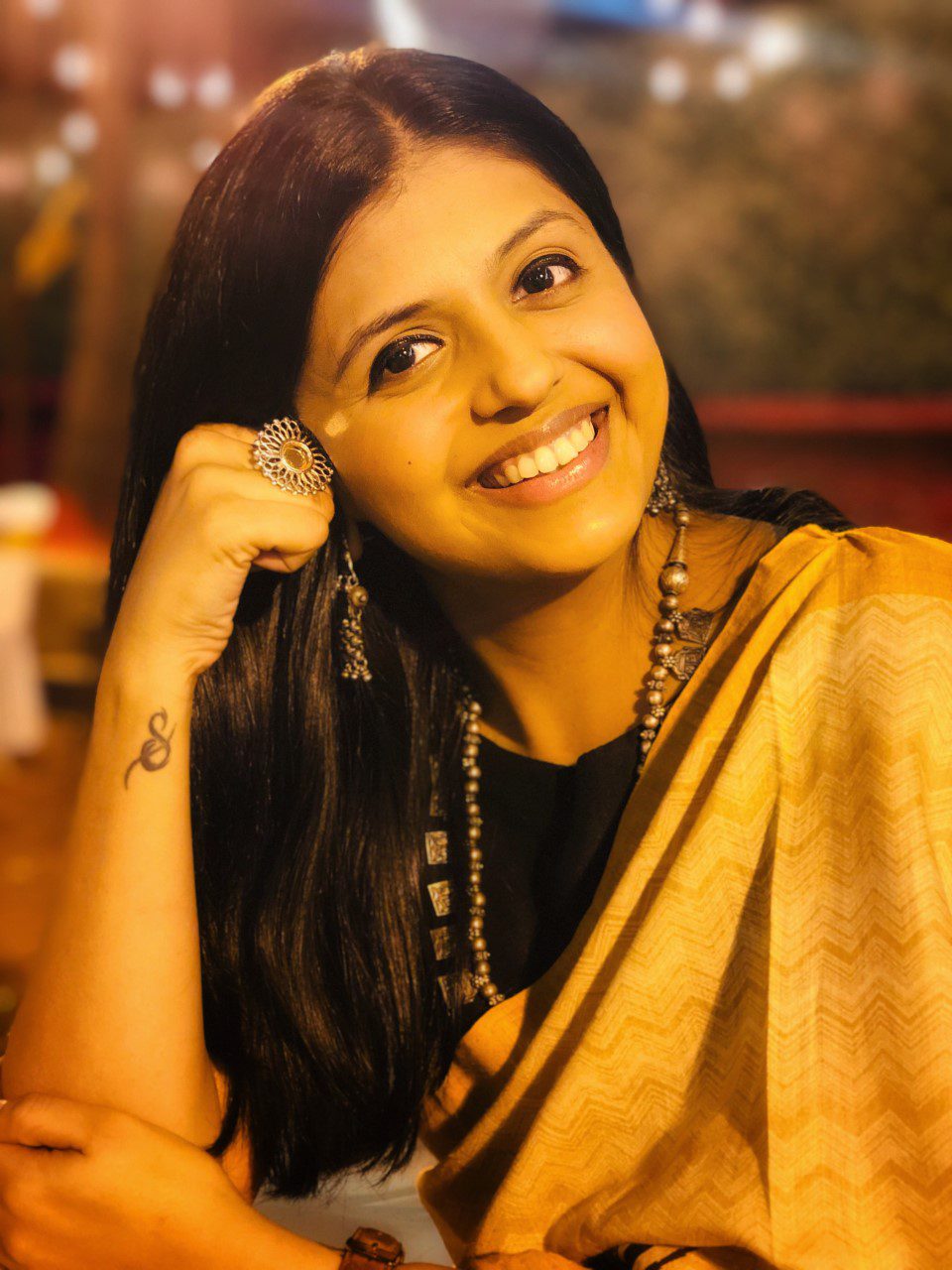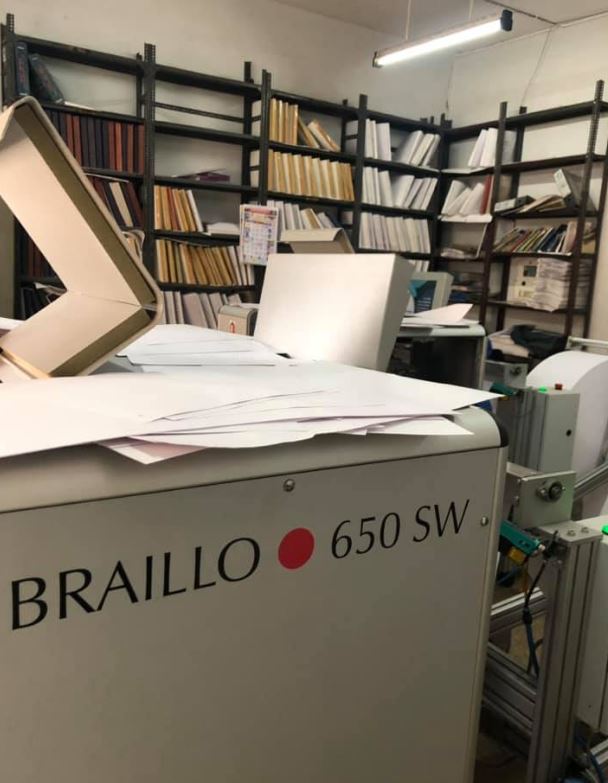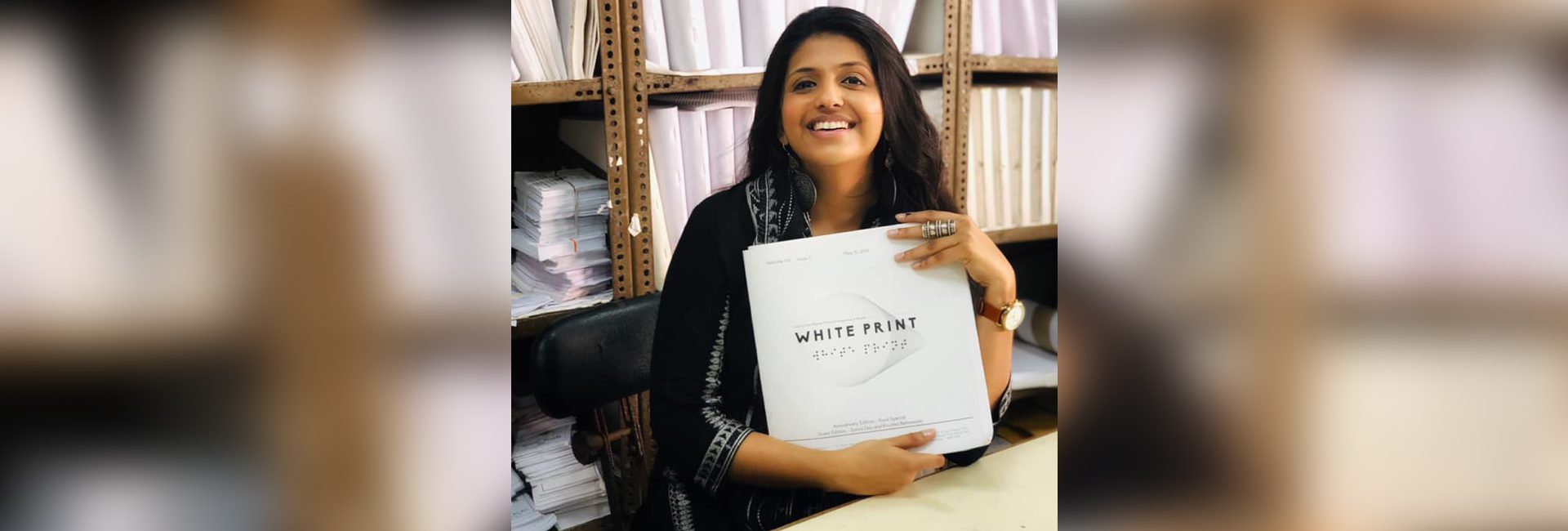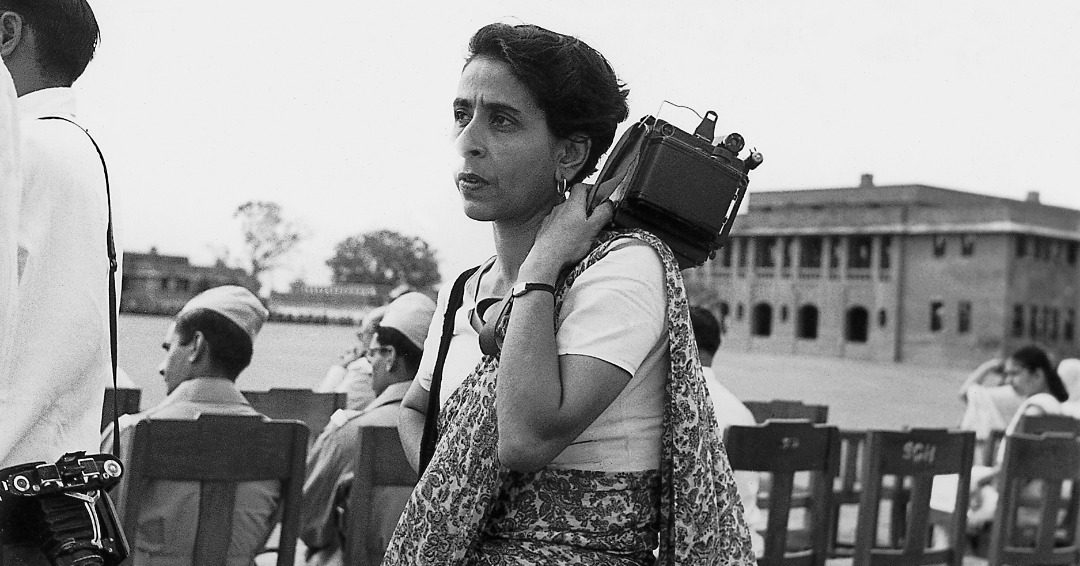(August 19, 2022) It was in 1785 that India was first introduced to a magazine that was published then by the British. And 40 years later, Louis Braille, the French educator, invented a tactile system of reading and writing for visually challenged people in 1824. Since then, his legacy has lightened up millions of lives across the globe. However, it was not until 2013 that the people with visual impairment in India could enjoy the simple pleasure of reading a print magazine, even when it’s a highly popular medium despite the charms of the digital media.
When Upasana Makati, the founder of White Print, India’s first lifestyle magazine in Braille, came to know about it from the National Association for the Blind (NAB), she was appalled and angry. “When sighted people have freedom to choose the media to consume, then why not people with visual impairment!” she says in a conversation with Global Indian.

Upasana Makati, founder and publisher, White Print
This thought along with the curiosity of how visually impaired people begin their day in absence of any leisure reading option, infused a burning desire in Upasana to come up with a magazine for those who cannot see. A college pass out working in her first job in the public relations domain, the idea stuck with her for a while. Within three months, she left her job and vroomed into the publishing world.
Today, White Print is the only lifestyle magazine in Braille. Upasana’s initiative got recognised at many platforms but the most coveted one has been an award that she received at the Rashtrapati Bhavan in 2018 for being the First Lady of the Nation to have started a Braille magazine.
Impressive content from top contributors
From sports and culture to the inspiring stories of the common man, White Print covers a variety of topics to stimulate the mind’s eye. If Sudha Murty, the author, philanthropist and chairperson of the Infosys Foundation, had offered one year of her short stories’ rights to the magazine, renowned TV journalist Barkha Dutt contributed content for a year.
“At present we are in collaboration with Unbias the News, a global news portal run by a community of journalists from across the world,” she tells. Caravan Magazine too contributes content in addition to the in-house content generated by Upasana and her team.
The usual reaction of people when they look at White Print is that of wonderment ! I thought I’d give you a glimpse into the magazine and talk about the script and it’s usage. #Braille #BrailleScript #Myths #Facts. pic.twitter.com/mwmKx9ctAq
— White Print (@whiteprintmag) August 19, 2020
Impulse backed with research
“Reflecting is one of my habits. It was a sudden thought that crossed my mind in the middle of the night. My curiosity was so strong that I called up my friends to discuss it during those hours itself. They thought I was crazy,” recalls Upasana, talking about the germination of the idea of a magazine in braille.
She began her research by visiting The National Association for the Blind in Mumbai, where she was informed about a couple of fortnightly newsletters that are educative in tone replete with information like policies for the visually impaired, but nothing as such for leisure reading. “This angered me. I thought, how could we be living in modern times when there is no reading material in braille to make life enjoyable?” says the founder, publisher and editor.
Though she personally knew no one who was visually impaired but looking at the information provided by NAB, the Mumbai girl was convinced that something should be done.
Finding a purpose early on in life
With no prior experience and purely driven by the desire to make a difference, she charted the path of becoming a self-taught entrepreneur in the publishing industry, learning the tricks of the trade on the go. “I found my purpose early on in life,” says Upasana whose initiative got recognised in the form of Forbes 30 Under 30 and Fortune 40 Under 40.

Braillo 650W at NAB. In the background, there are numerous Braille books stacked and arranged
The Media and Communication graduate from Jai Hind College, Mumbai, who was at a one-year exchange programme in communication at University of Ottawa, has been making lives interesting. She has been catering to leisure reading needs in braille and also fulfilling demands of institutions like IIM Kolkata, Goa National Library, Federation for Blind, Bangalore and LV Prasad Eye Institute. Trilogy – a bookstore in Mumbai that has a section dedicated to braille also subscribes to White Print.
Replacing sympathy with empathy
“I started it as a for-profit venture because I wanted to replace sympathy with empathy, and to do away with the notion of the charity angle that always gets associated when one does anything for the disabled.” Though publishing the magazine is not very economically viable in the absence of many braille press options in the country, the satisfaction that it gives to Upasana is ‘unparalleled.’
The magazine did not get published for five months during the pandemic as reading for the community is solely touch based and the NAB press, where the magazine gets published, was shut down during that period.
There are a number of challenges in publishing a print magazine in these times but it’s extremely satisfying. It excites me because there aren’t many people doing it and there is so much to do in this space – Upasana Makati
The monthly 64-page publication, available at subsidised rate of ₹30 with a readership of several thousand, has seen a decline in certain corporate sponsorships. However, in the past, conglomerates like Coca Cola, Fevicol, Mahindra, and Jindal group had associated themselves with it.
More in the same turf
Ten years of experience of running a company focussed on visually impaired has resulted in enough knowledge and expertise in the domain. Added to that, Upasana has pursued a course from Stanford University Graduate School of Business in diversity and inclusion.

A sought-after name in the world of consultancy for startups and corporates in matters related to inclusiveness and diversity, she has been at the thick of initiatives like workshops on sensitisation for adults as well as children to make them more mindful towards the visually impaired.
Considering how crucial it is to inculcate the values of inclusiveness and diversity at a young age, Upasana has forayed into publishing children’s literature with Look Out, Look Within, Flowers for Sunaina and more recently Run Saba Run which she authored. The books are available for both visually impaired and sighted children. White Print also publishes fundamental books in braille for young learners.
Recognitions for Upasana’s initiatives:
- Rising Talents award for Women’s Forum for the Economy & Society, Paris, 2019
- First Lady Award from Ministry of Women and Child Development, 2018
- Fortune India’s 40 Under 40 for Best and Brightest in the World of Business, 2018
- Forbes 30 Under 30, 2016
- Loreal-Femina Award for Science and Innovation, 2015
- Microsoft Equal Opportunity Award for Innovation, 2015
Follow Upasana Makati on LinkedIn and Instagram
Follow White Print on Facebook, Twitter and its website




